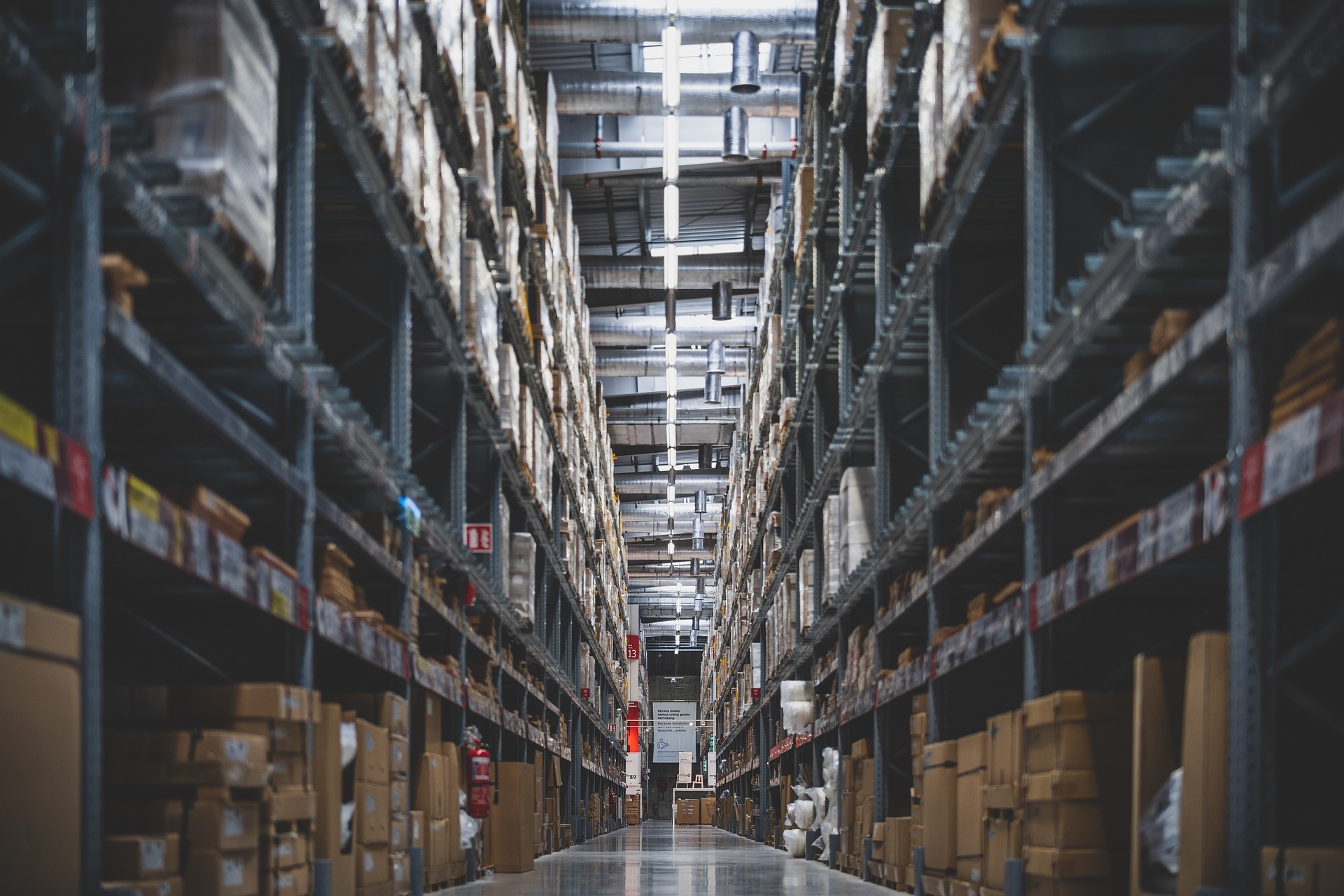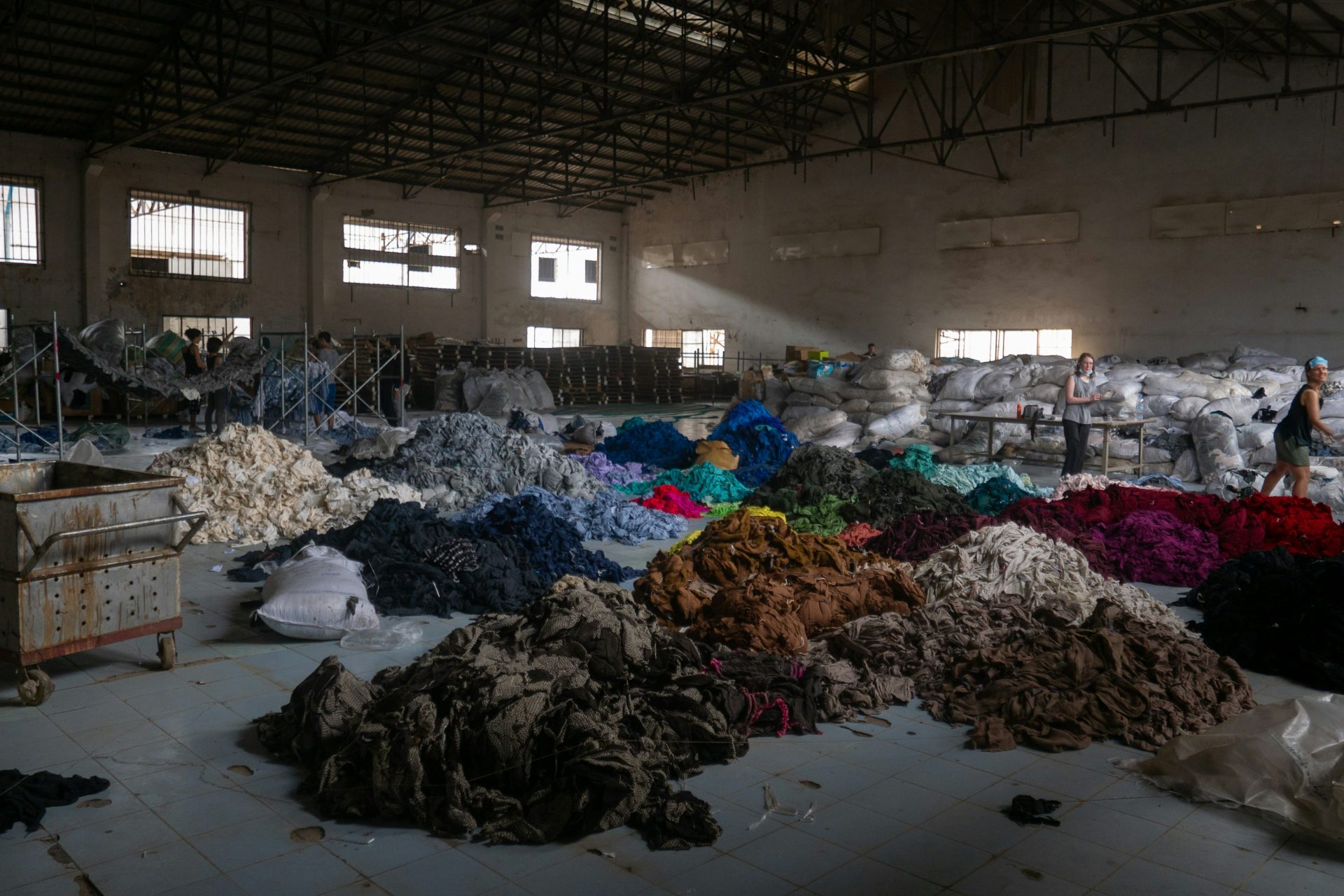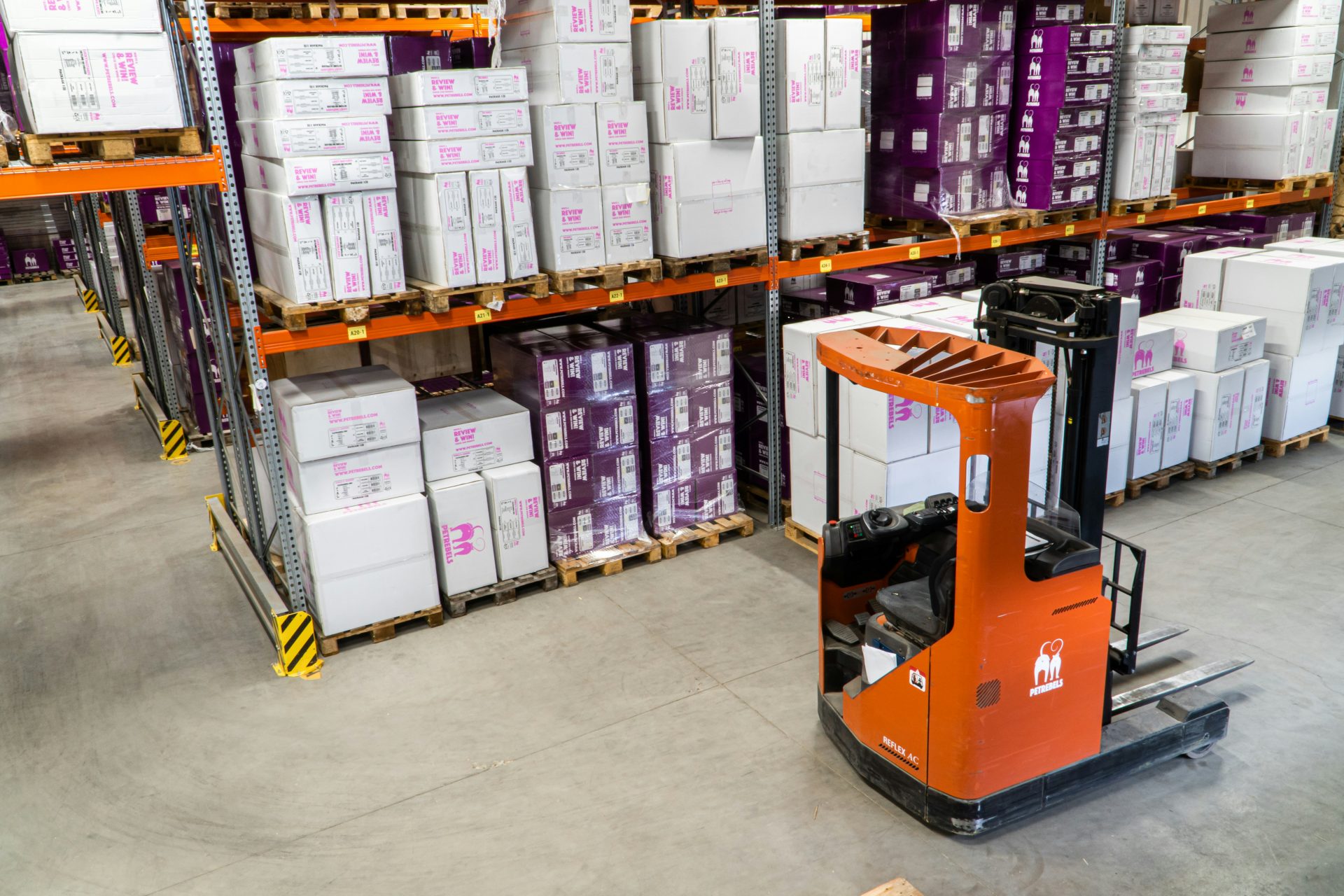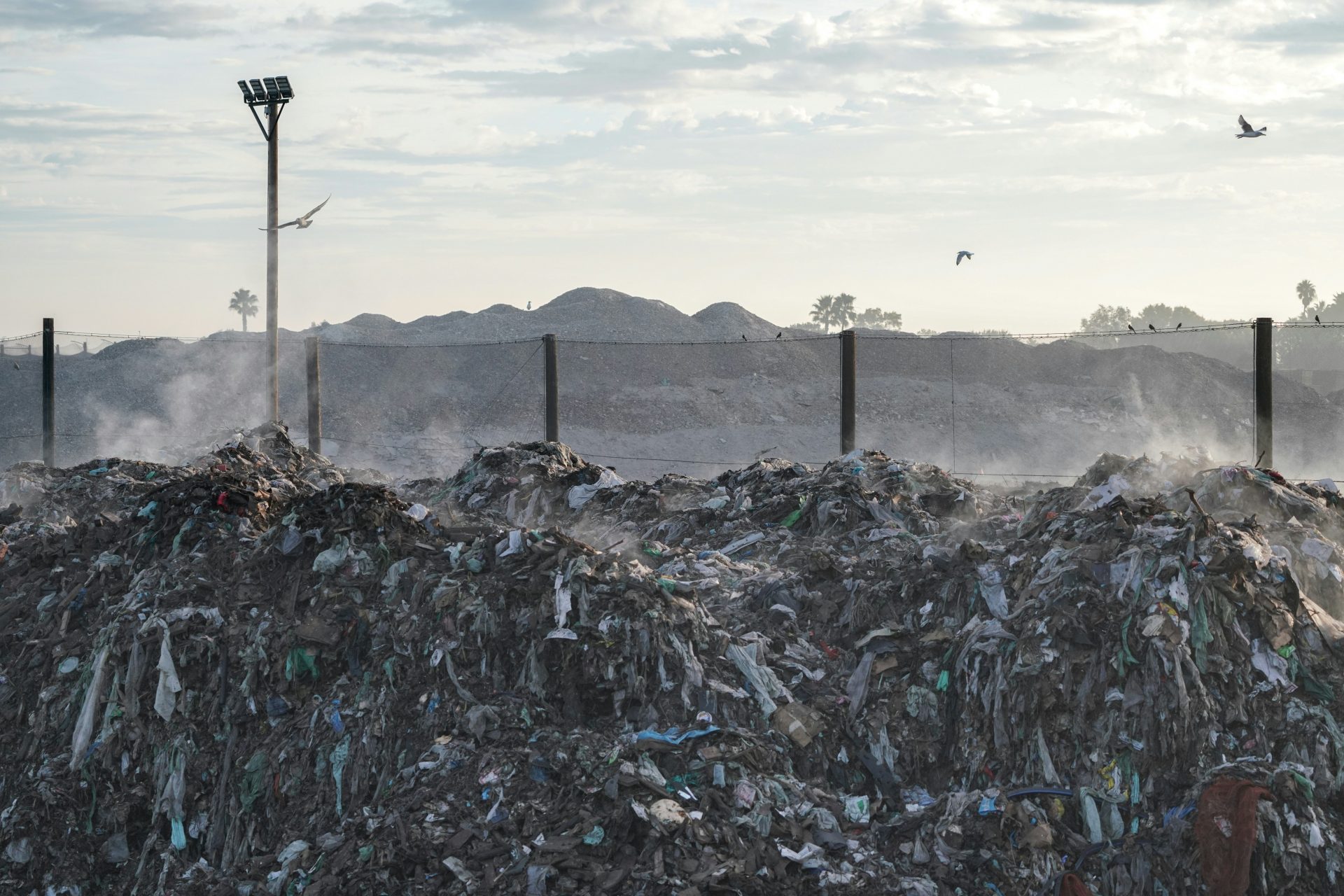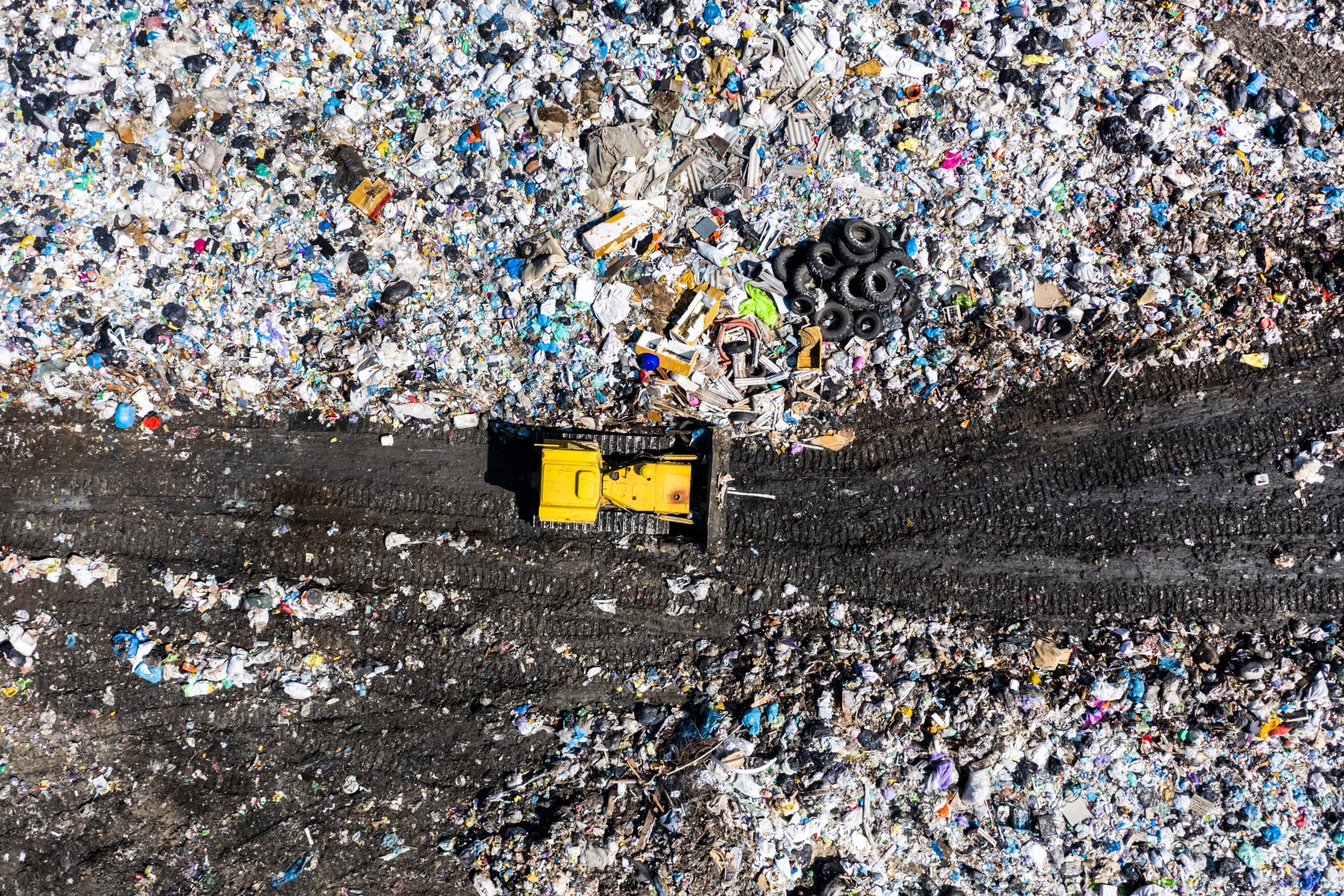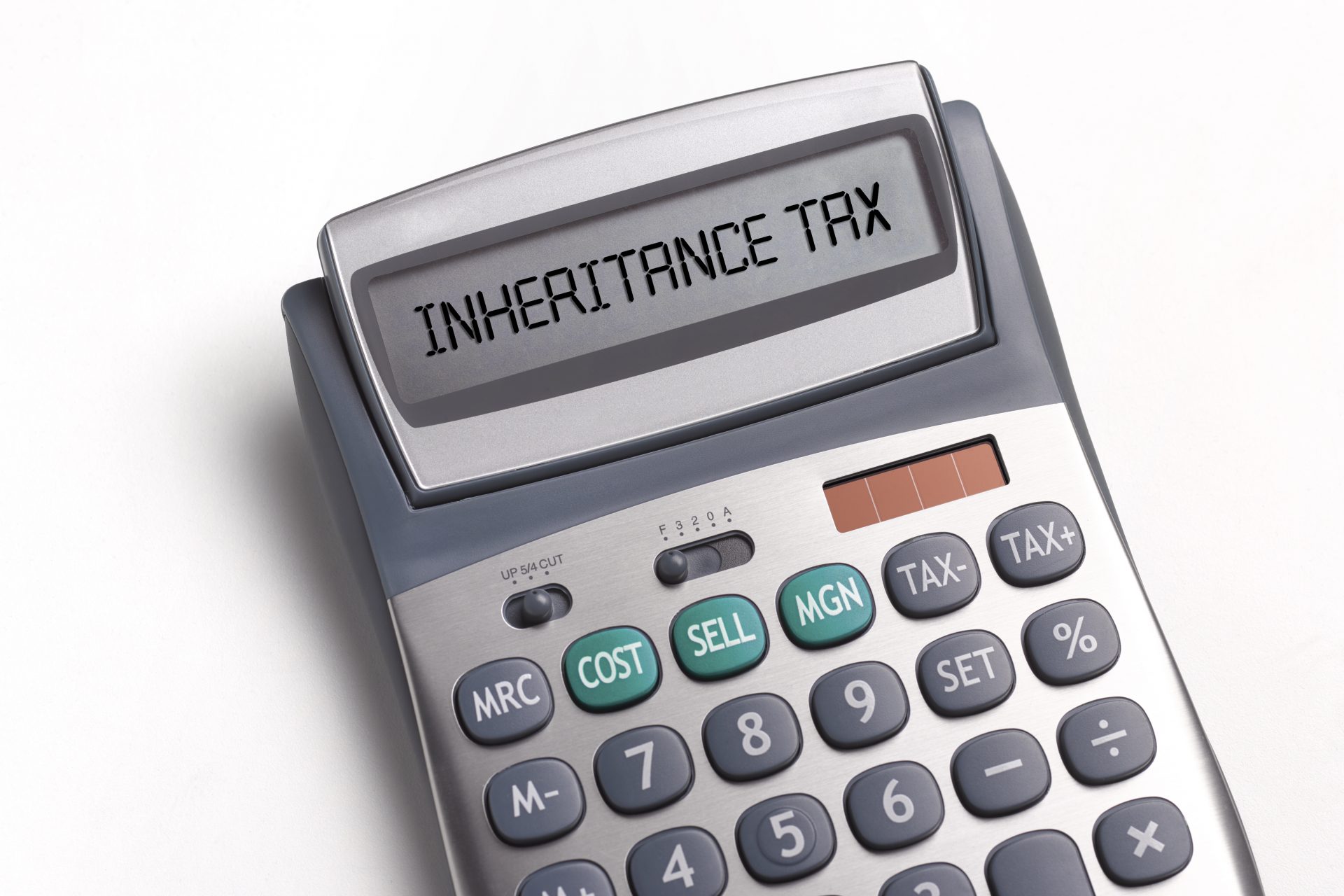Returns in the fashion industry are killing our planet
In recent years, e-commerce platforms have revolutionised the shopping world: consumers have any type of product available at any time. Furthermore, competitive prices and fast and often free deliveries have contributed to accelerating this new way of shopping even further.
The fashion sector is one of the branches of industry that has most leveraged easy, fast and zero-cost deliveries to encourage sales. But, if, on the one hand, the efficiency of this type of service is noted, on the other hand, we must deal with the resulting environmental costs, especially concerning returns made by customers dissatisfied with their purchase.
Credit: rupixen.com from Unsplash
To get an idea of the great impact of the fashion industry, just look at some data concerning the United States reported by the National Retail Federation: in 2023, returns in the USA reached a value of 743 billion dollars (14.5% of total sales), both in online and physical stores. Even if online purchases are more frequent.
Cerdit: Roberto Cortese from Unsplash
For every $1 billion in sales, the average retailer faces $145 million in merchandise returns. Online sales show a higher return rate, with 17.6% ($247 billion) of merchandise purchased online returned, compared to 10.02% ($371 billion) for returns to physical stores.
Credit: THAM YUAN YUAN from Pixabay
In the United Kingdom, according to the British Fashion Council report, carried out by the Institute of Positive Fashion (IPF), DHL and Roland Berger, returns generated 750,000 tonnes of CO₂ emissions in 2022 and around 23 million items of clothing were sent to landfill or incinerated.
Credit: Francois Le Nguyen from Unsplash
In the UK, garments destroyed in landfills account for 75% of the 3% of all returns that cannot be put back on the market and resold by the company.
According to a report by returns logistics company Optoro, returned retail sales in the United States generated 24 million tons of CO2, equivalent to the emissions of 5.1 million cars in one year. This other fact only further underlines the significant environmental impact of retail sector returns on our planet.
Credit: Petrebels from Unsplash
Even in Italy, the fashion mecca, the environmental consultancy firm Quantis, carried out a study that analyzed the greenhouse gas emissions generated by e-commerce purchase orders placed by customers in Italy on products such as clothing, footwear or fashion accessories, and with delivery within Italian territory.
Credit: Gerd Altmann from Pixabay
According to the report, returns from e-commerce platforms, which also have sales points, have reached an average rate of 14% (of the total products purchased), representing 3% of CO2 emissions. In regards to pure e-commerce (which relies entirely on digital platforms for the sale of their products), emissions rise to 9% with return rates of up to 50%.
According to a 2021 survey carried out by the famous consultancy firm McKinsey, good returns management is not among the five priorities of a retailer, this is because this type of strategy is still useful for expanding in the market.
Credit: Samuel Regan-Asante from Unsplash
More importantly, retailers tend to think more about shipping and logistics costs than optimizing returns profitability. In a fashion-based business, any delay in returns can lead to significant markdowns for resold merchandise.
Credit: CHUTTERSNAP from Unsplash
Below, perhaps, is the most worrying data collected by According to McKinsey: it is estimated that 10% of all returns globally end up in landfills, an environmental impact that cannot be overlooked.
Credit: Katie Rodriguez from Unsplash
These are impressive figures which, given the growth of the e-commerce sector, can only increase if we do not take action. Furthermore, with a significant environmental impact: we are faced with contamination of the soil, water and air, which has direct repercussions on people's health.
Credit: Jacek Dylag from Unsplash
According to the aforementioned report from the British Fashion Council, in order to prevent and reverse this trend it is necessary to carefully study consumer behavior. According to the study, wrong size or fit (93%) and product quality not meeting expectations (81%) were the main reasons for returns in the UK.
Credit: Samantha Borges from Unsplash
Furthermore, 56% of shoppers agree that an additional cost for returns is the most effective measure to prevent returns in the fashion industry.
Credit: Lucrezia Carnelos from Unsplash
In such a context, every company should be responsible and actively capable of creating a good strategy to reduce returns, perhaps by raising consumer awareness of the environmental impact, and offering more detailed and precise information on the product by reporting it on its website.
Credit: Austin Distel from Unsplash
In recent times, many e-commerce platforms have also adopted the use of advanced technology, such as artificial intelligence and 3D virtual try-on, to help consumers make more accurate choices.
Obviously, it is also up to consumers to change their online purchasing habits, trying to make more conscious and less impulsive purchases, considering what is still in their wardrobe and whether, in fact, that new item of clothing is really necessary.
Credit: Firmbee.com from Unsplash
Another way to reduce returns is to rely on online stores that offer you detailed information on sizes, type of fit of the item of clothing, footwear or accessory, details on color or that let you do a virtual try-on of the product.
Credit: JESHOOTS.COM from Unsplash
And, finally, even if they are starting to become less and less popular compared to online ones, remember that physical stores still exist, where you can calmly try on and buy that jacket that you like so much and that you just can't do without .
Credit: freestocks from Unsplash
In conclusion, the practice of free returns, which is widespread in the e-commerce sector, brings significant environmental costs. To reduce its impact, both consumers and sellers must change their mentality with a more aware and respectful approach towards the environment and promote a more responsible use of resources to safeguard our planet.
Credit: 38308446 from Pixabay
More for you
Top Stories






